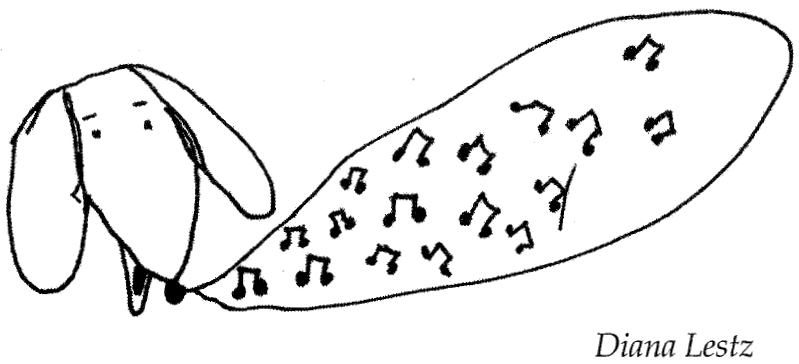Music
2002, 108 pages. The McKnight Foundation, 600 TCF Tower, 121 South Eighth Street, Minneapolis, MN 55402, 612-333-4220.
True or false?
• The suburbs have never been as homogenized as their reputation suggested
• Stereotypes about vapidity and uniformity in suburban communities have been left unchallenged
• Suburban arts resources need to expand to meet the needs of growing communities
• The need to enhance the livability of suburban communities hasn't been acknowledged as openly as it deserves
September 11 and Beyond
The following is excerpted from a March 2002 interview with Susan Beresford (president, Ford Foundation) that is included in September 11: Perspectives from the Field of Philanthropy, published August 2002 by the Foundation Center, 79 Fifth Avenue, New York, NY 10003, 212-620-4230. It is published by permission of the Foundation Center.
FC: It was common in the weeks after 9/11 to hear people say that the attacks had changed everything. Did September 11 change everything?
Read More...The theme of education in the arts can be found throughout GIA's programs. The role that the arts can play in education is one of four primary themes that will be explored at our 2002 conference, Creative Connections; and the "Bookmarks" column in this issue of the Reader concentrates on "Arts Education Resources on the Web". The following two articles take a look at recent research, specifically research that explores the connections between education in the arts and student learning in other realms.The theme of education in the arts can be found throughout GIA's programs.
Read More...For more than a decade the John S. and James L. Knight Foundation has been among the nation's leading supporters of symphony orchestras, based on a longstanding commitment to help orchestra institutions strengthen, deepen, and broaden the relationships with their audiences.
Read More...First of all, it's a delight to be here this morning because I meet so many old friends, and I knew that you would be here related in some way or other to this gathering of foundations. The foundations you represent are doing what in an ideal situation, all governments would, should do. What you do with your contributions, with your interest, is help keep this world relatively sane. I say relatively for obvious reasons. What you do is feed a hunger for all the people of the world. Not simply food, clothing, shelter of course, but there is in everybody a hunger for beauty.
Read More...
Bess Lomax Hawes first presented “Yeast to Make the Bread Rise” in October 1999 as a keynote address at the Children’s Music Network (CMN) National Gathering in Petaluma, California. In response to enthusiasm from its members, CMN subsequently published the essay in Pass It On! in the fall 2000. The essay is published here with permission from both Hawes and CMN.
Read More...The Rhode Island Foundation, founded in 1916, is one of the oldest and largest community foundations in the United States. It is also one of a small number of statewide community foundations. In 2000, the Foundation's assets exceeded $400 million. RIF's grantmaking areas are children & families, economic/community development, education, and arts. The arts grantmaking area has several program foci.
Read More...Last year when RAND released The Performing Arts in a New Era, (Performing Arts) the prediction that times were going to be particularly difficult for mid-sized performing arts organizations was widely quoted. It was prominent in press coverage of the report and quickly embraced as a fact by grantseekers and foundation colleagues. I was curious to return to Performing Arts and the conditions it cites for organizations in the middle, to see how they apply to readings of recent field reports for different performing arts disciplines.
Read More... Ralph Waldo Emerson (1802-1882)
We just returned from yet another community gathering where arts leaders sought the support of their business and civic counterparts by documenting the "economic impact" of arts spending and employment in their region.
Read More...Media is pervasive and influences the culture in myriad ways. Technological advances and structural transformations are profoundly changing the way we receive and distribute information, as well as the quality of that information and whether or not we are able to interact with it. Legislative, legal, and regulatory policies that favor corporate interests over the public interest have created an environment where a dwindling number of corporations which control both the content and the means of distribution dominate the market.
Read More...